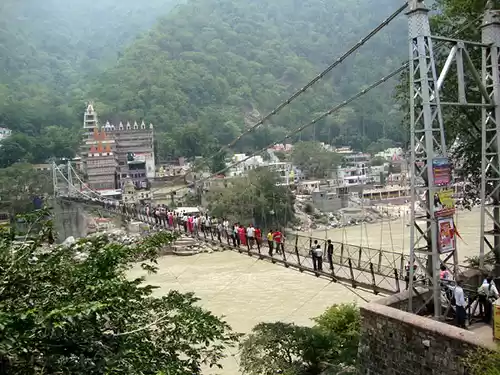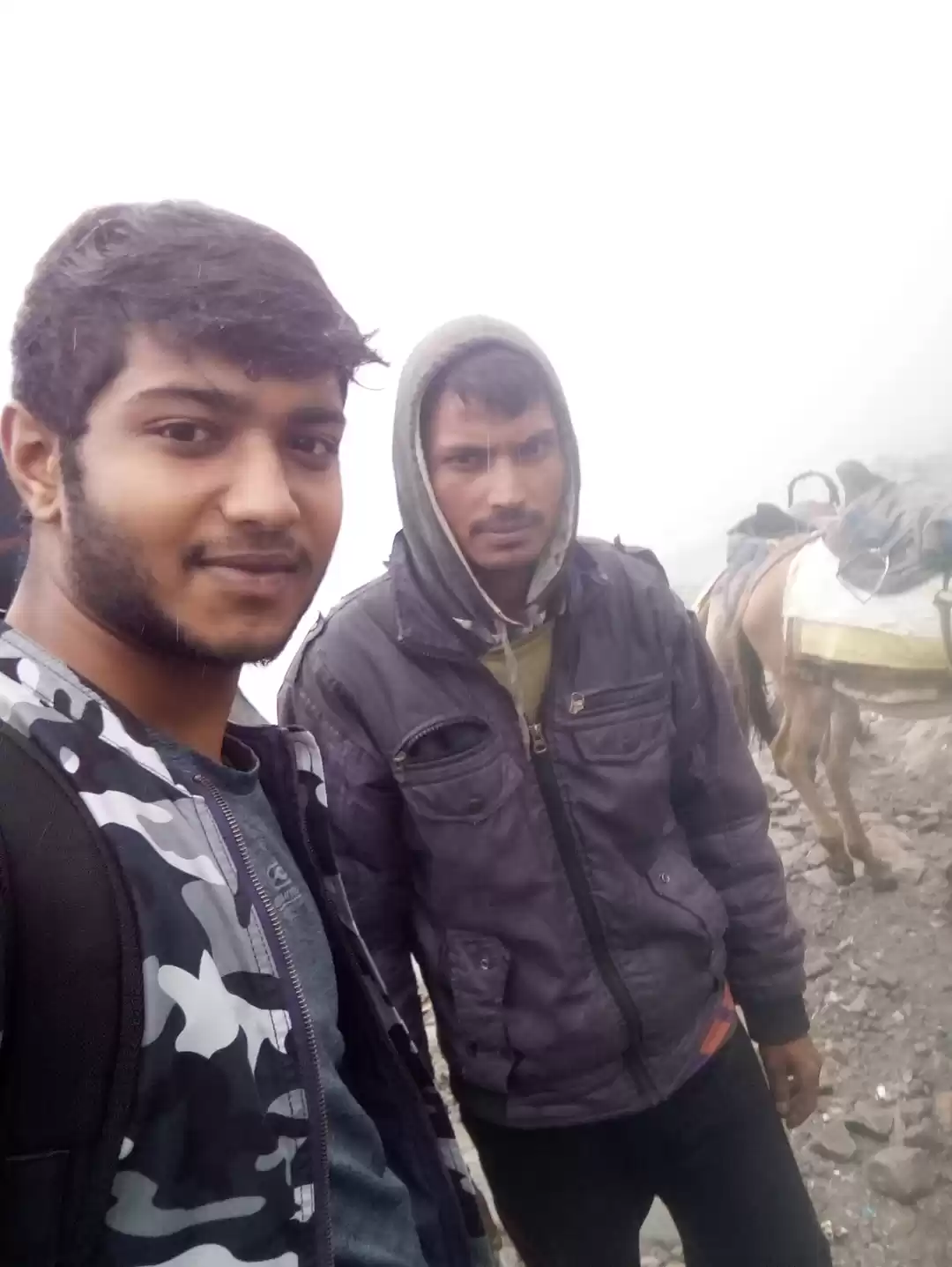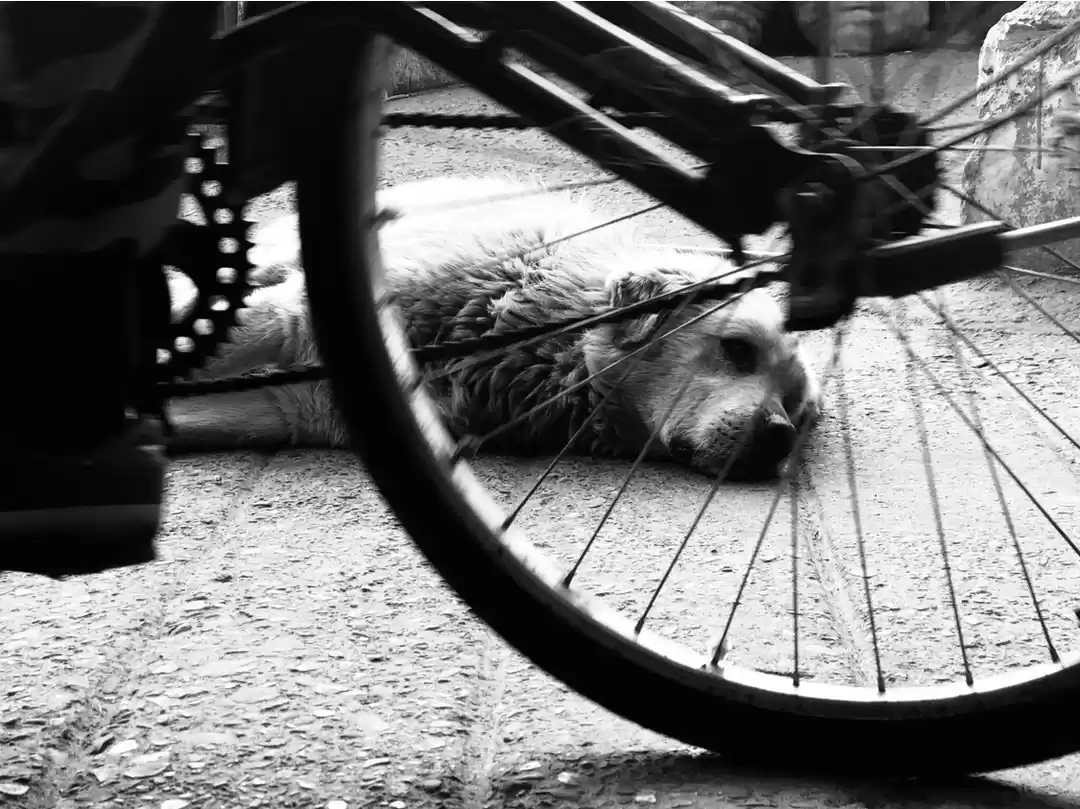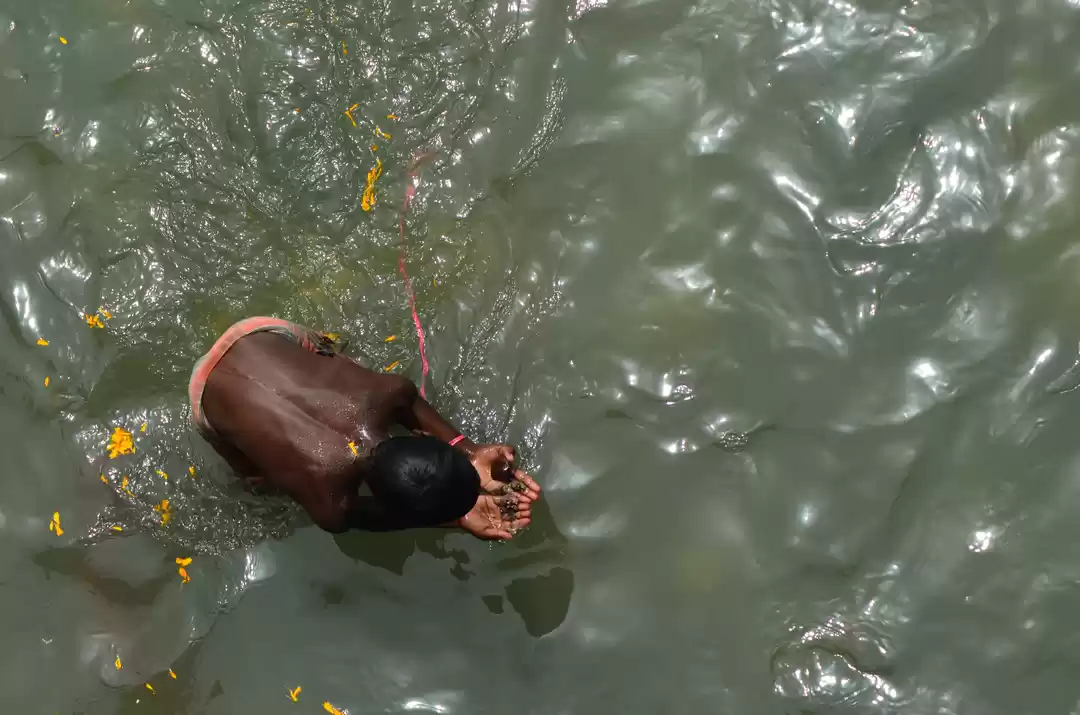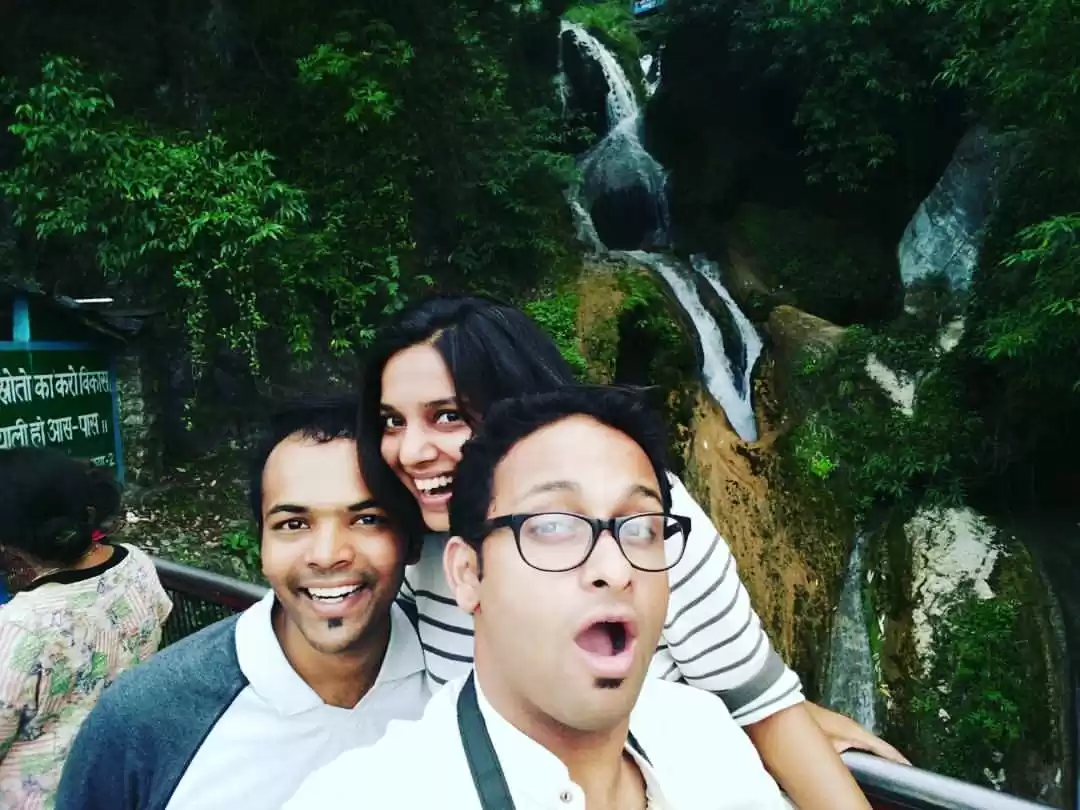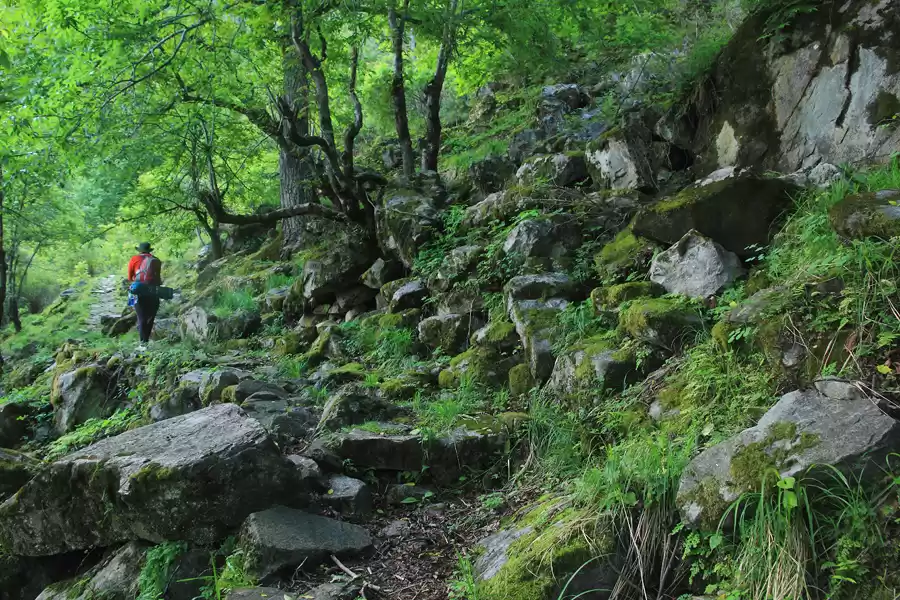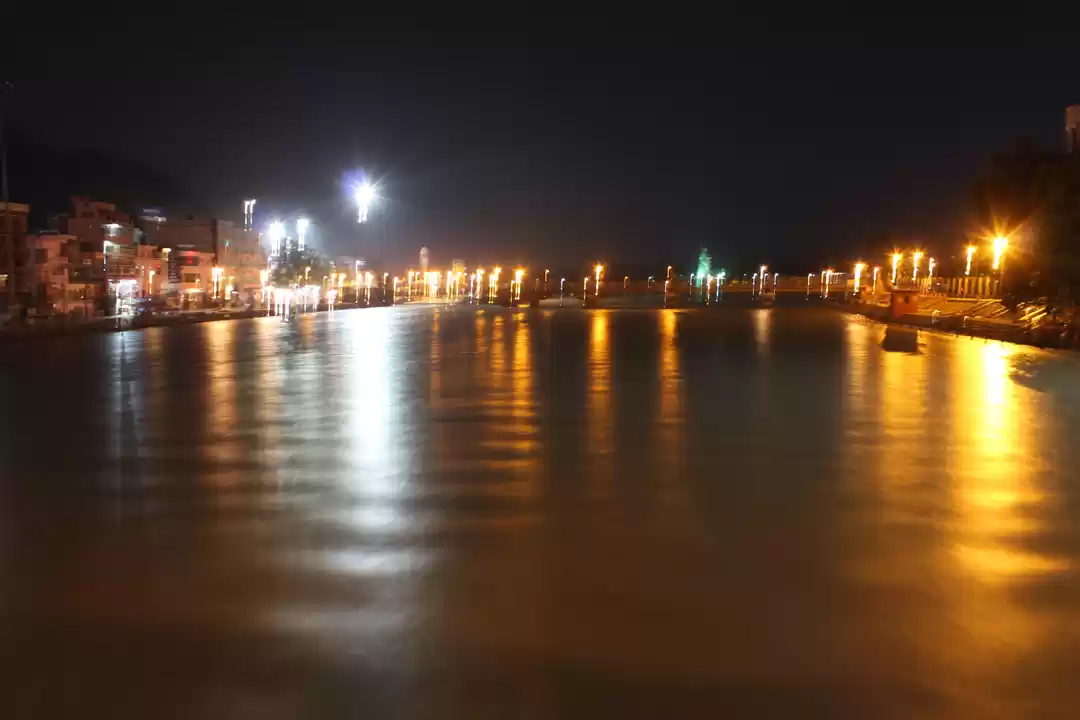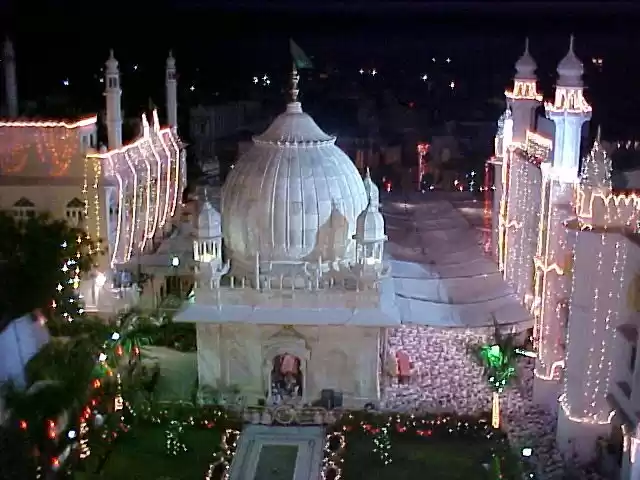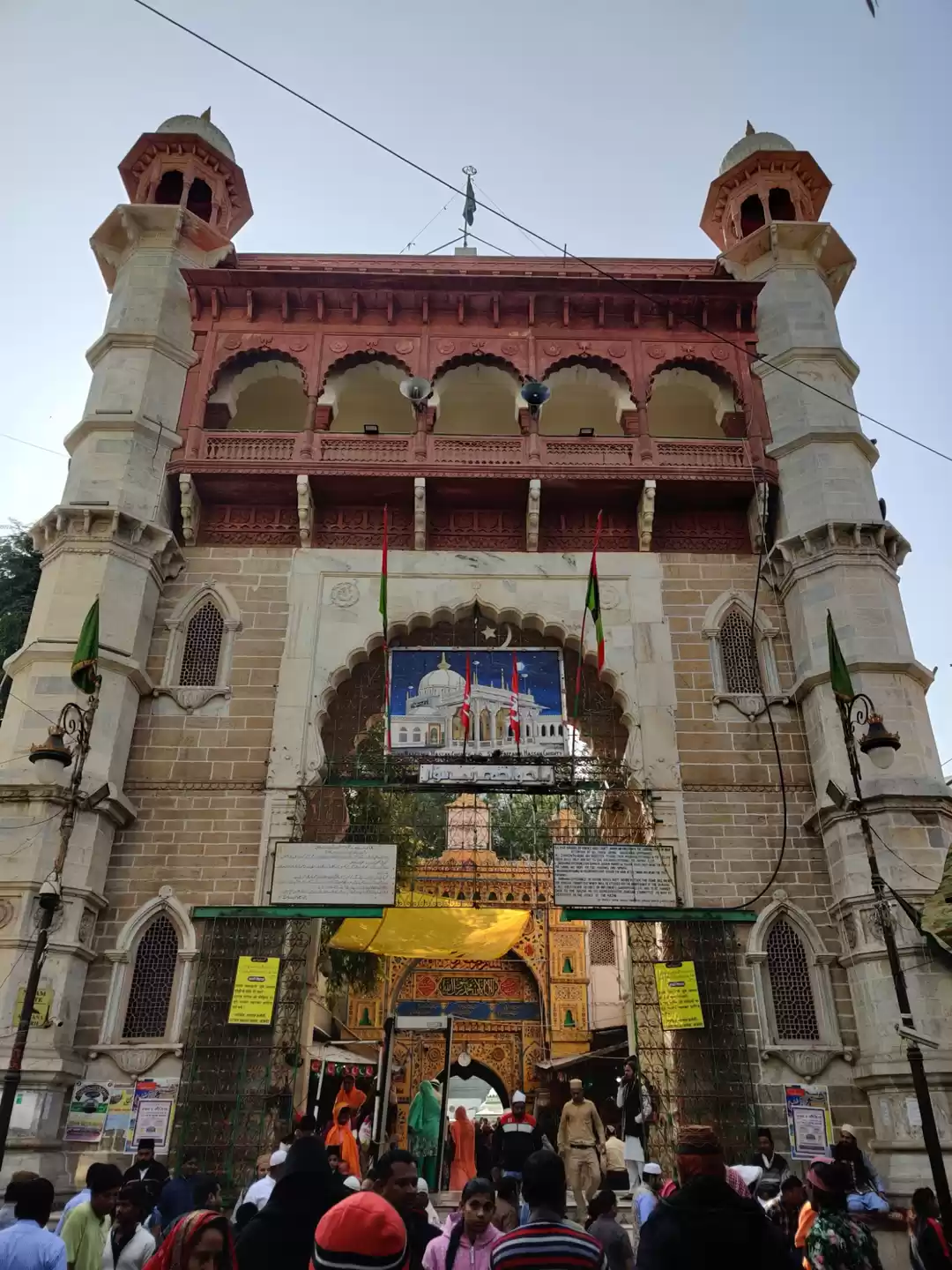Piran Kaliyar Sharif is not just a dargah or shrine of a Sufi saint. It is a symbol of unity and harmony among Hindus and Muslims, a place of miracles and blessings, and a destination of culture and spirituality. Located near the banks of the Ganga river in Roorkee, Uttarakhand, Piran Kaliyar Sharif attracts millions of devotees every year from different faiths and backgrounds. Whether you are looking for a pilgrimage or a tourist spot in Uttarakhand, Piran Kaliyar Sharif is a must-visit place for you.
In this article, we will provide you with all the information and tips you need to plan your visit to Piran Kaliyar Sharif and explore the nearby attractions. You will learn about the history and legend of the dargah and the Sufi saint who is buried there, the spiritual and religious aspects of the dargah, the best time to visit the dargah and the annual festival of Urs that is celebrated there, how to reach the dargah by different modes of transport, and what to see and do at the dargah and the surrounding places.
How to Reach Piran Kaliyar Sharif
Piran Kaliyar Sharif is located about 7 km from Roorkee city, which is well-connected by flight, train, and road from various cities in India. Here are some details on how to reach the dargah by different modes of transport:
By flight:
The nearest airport to Roorkee is Jolly Grant Airport in Dehradun, which is about 70 km away. You can take a flight from Delhi, Mumbai, Bangalore, or other major cities to Dehradun, and then take a taxi or a bus to Roorkee. The taxi fare may vary from Rs. 1500 to Rs. 2000 depending on the season and availability. The travel time by road from Dehradun to Roorkee is about 2 hours.
By train:
The nearest railway station to Piran Kaliyar Sharif is Roorkee Railway Station, which is about 10 km away. You can take a train from Delhi, Haridwar, Dehradun, or other cities to Roorkee, and then take an auto-rickshaw or a cycle-rickshaw to the dargah. The auto-rickshaw fare may range from Rs. 50 to Rs. 100 depending on the distance and bargaining. The travel time by road from Roorkee Railway Station to Piran Kaliyar Sharif is about 20 minutes.
By road:
You can also drive or take a bus to Roorkee from Delhi, Haridwar, Dehradun, or other nearby cities. The distance from Delhi to Roorkee is about 180 km, from Haridwar to Roorkee is about 30 km, and from Dehradun to Roorkee is about 60 km. The road condition is good and the route is scenic. You can follow the NH 58 or NH 334B to reach Roorkee, and then take the Piran Kaliyar Road to reach the dargah.
Best Time to Visit Piran Kaliyar Sharif
The best time to visit Piran Kaliyar Sharif is between October and March, when the weather is pleasant and comfortable for sightseeing. The temperature ranges from 10°C to 25°C during this period, and the sky is clear and sunny.
However, if you want to witness the grandeur and glory of the dargah at its peak, you should visit during the annual festival of Urs that is celebrated at Piran Kaliyar Sharif in honor of the Sufi saint Alauddin Ali Ahmed Sabir. Urs means “wedding” in Arabic, and it signifies the union of the saint with God after his death.
The Urs festival at Piran Kaliyar Sharif is one of the largest religious gatherings in India, attracting more than 5 million devotees every year from across India and abroad. The festival lasts for 15 days in November or December (depending on the Islamic calendar), starting from one week before Sabir’s death anniversary (13th day of Rabi al-Awwal) and ending on the sixth day after his death anniversary (19th day of Rabi al-Awwal).

During the Urs festival, the dargah is decorated with lights, flowers, and flags, and the atmosphere is filled with devotion and joy. The devotees pay their respects to the saint by offering flowers, sweets, chadar (cloth), and money at his tomb, and seek his blessings for health and happiness. They also participate in various rituals and ceremonies, such as qawwali (devotional music), zikr (remembrance of God), langar (free food), and dua (prayer).
The highlight of the Urs festival is the Jhanda Mela or the Flag Ceremony, which takes place on the 12th day of Rabi al-Awwal. On this day, a huge flag is hoisted on a 25-meter-high pole at the entrance of the dargah by the descendants of the saint. The flag is believed to have miraculous powers, and the devotees try to touch it or get a piece of it as a token of good luck.
The Urs festival at Piran Kaliyar Sharif is a unique experience that showcases the diversity and harmony of India’s culture and religion. It is a time when Hindus and Muslims come together to celebrate the life and teachings of a Sufi saint who preached love, peace, and tolerance.
What to See and Do at Piran Kaliyar Sharif
Piran Kaliyar Sharif is not just a dargah or shrine of a Sufi saint. It is a place of history, legend, spirituality, and culture. Here are some of the main attractions and features of Piran Kaliyar Sharif that you should not miss:

The dome:
The most prominent feature of Piran Kaliyar Sharif is its huge dome that covers the tomb of the Sufi saint Alauddin Ali Ahmed Sabir. The dome is made of white marble and has a diameter of 16 meters. It is adorned with verses from the Quran and floral motifs. The dome is visible from a distance and serves as a landmark for the dargah.
The minarets:
The dargah has four minarets at its four corners, each about 40 meters high. The minarets are also made of white marble and have balconies at different levels. The minarets are used for calling the devotees for prayer and announcing important events.
The gateways:
The dargah has three gateways that lead to its courtyard. The main gateway is called Buland Darwaza or High Gate, which was built by Ibrahim Lodhi in 1517. The gateway has an arch with inscriptions in Arabic and Persian. The other two gateways are called Nizam Gate and Sabir Gate, which were built by Nizam-ul-Mulk Asaf Jah I in 1735 and Nawab Ghazi-ud-din Haider in 1820 respectively.
The courtyard:
The courtyard of Piran Kaliyar Sharif is a spacious area that surrounds the tomb of the Sufi saint. The courtyard has several structures and facilities for the devotees, such as a mosque, a library, a museum, a guest house, a dispensary, a water tank, etc. The courtyard also has several tombs of other saints and nobles who were associated with Piran Kaliyar Sharif.
The tomb:
The tomb of Alauddin Ali Ahmed Sabir is the main attraction of Piran Kaliyar Sharif. The tomb is located under the dome in a chamber that has an octagonal shape. The tomb is covered with a green cloth that has gold embroidery. The tomb is surrounded by a silver railing that has lamps and candles on it. The devotees offer flowers, sweets, chadar (cloth), and money at the tomb, and seek the blessings of the saint.
The history and legend:
Piran Kaliyar Sharif has a rich history and legend that dates back to the 13th century. According to legend, Alauddin Ali Ahmed Sabir was born in Herat (now in Afghanistan) in 1196. He was a descendant of Prophet Muhammad through his daughter Fatima. He was also a disciple of Baba Farid Ganj Shakar, another famous Sufi saint who is buried in Pakpattan (now in Pakistan).
Sabir came to India in 1253 at the invitation of Sultan Shams-ud-din Iltutmish, who was impressed by his miracles and teachings. Sabir settled in Kaliyar village near Roorkee, where he built his dargah and preached Islam to the people. He died in 1291 at the age of 95.
Sabir was known for his miracles and powers that he used to help people in need. He could cure diseases, control animals, fly in the air, walk on water, and even bring the dead back to life. He was also known for his generosity and kindness, as he used to feed and clothe the poor and the needy. He was respected and revered by both Hindus and Muslims, who considered him as a saint and a friend of God.
One of the most famous miracles of Sabir is the story of how he saved Roorkee from a flood. According to legend, once there was a heavy rain that caused the Ganga river to overflow and threaten to submerge Roorkee. The people of Roorkee ran to Sabir for help, who was sitting on the bank of the river. Sabir asked them to bring a pot of water and a needle. He then pierced the pot with the needle and placed it on the river. He said, “As long as this pot does not fill with water, the river will not rise further.” The people were amazed to see that the pot remained empty and the river stopped rising. They thanked Sabir for saving their lives and property.
Another famous miracle of Sabir is the story of how he cured a leper. According to legend, once there was a leper who came to Piran Kaliyar Sharif to seek the blessings of Sabir. He was so disfigured and diseased that no one would come near him or touch him. He waited outside the dargah for Sabir to come out, but Sabir did not notice him. The leper felt hopeless and decided to end his life by jumping into a well near the dargah.
As he was about to jump, Sabir came out of the dargah and saw him. He called him by his name and asked him where he was going. The leper was surprised that Sabir knew his name and recognized him. He told Sabir that he was going to kill himself because no one would help him or cure him. Sabir smiled and said, “Do not despair, my son. God has not forsaken you. Come with me.” He then took the leper by his hand and led him to his chamber. He washed his wounds with water and applied some ointment on them. He then prayed for him and asked him to stay in his chamber for seven days.
The leper obeyed Sabir and stayed in his chamber. After seven days, Sabir came back and checked on him. He was astonished to see that the leper was completely healed and his skin was smooth and fair. He hugged him and said, “Praise be to God, who has cured you by His grace. Now go and live your life happily.” The leper thanked Sabir for his kindness and mercy, and became his loyal follower.
These are just some of the many miracles and stories that are associated with Piran Kaliyar Sharif and Alauddin Ali Ahmed Sabir. You can learn more about them by visiting the dargah or reading the books and pamphlets that are available there.
Nearby Destinations to Explore Along with Piran Kaliyar Sharif
Piran Kaliyar Sharif is not only a place of spirituality, but also a place of tourism. There are many nearby destinations that you can explore along with Piran Kaliyar Sharif in Roorkee or nearby areas, such as Haridwar, Dehradun, Rajaji National Park, etc. Here are some of them:

Haridwar:
Haridwar is one of the seven holy cities of India, where the Ganga river leaves the Himalayas and enters the plains. Haridwar is about 30 km from Piran Kaliyar Sharif, and you can easily reach there by road or train.
Haridwar is famous for its temples, ghats, ashrams, festivals, and fairs. You can visit places such as Har Ki Pauri, Mansa Devi Temple, Chandi Devi Temple, Bharat Mata Mandir, etc. You can also witness the evening Ganga Aarti, which is a spectacular ritual of offering lamps and flowers to the river goddess.
Dehradun:
Dehradun is the capital city of Uttarakhand, and a popular hill station in India. Dehradun is about 60 km from Piran Kaliyar Sharif, and you can reach there by road or train. Dehradun is known for its scenic beauty, pleasant climate, educational institutions, museums, etc. You can visit places such as Robber’s Cave, Sahastradhara, Tapkeshwar Temple, Forest Research Institute, etc.
Rajaji National Park:
Rajaji National Park is a wildlife sanctuary that covers an area of about 820 sq km in Uttarakhand. Rajaji National Park is about 40 km from Piran Kaliyar Sharif, and you can reach there by road. Rajaji National Park is home to a variety of flora and fauna, such as elephants, tigers, leopards, deer, monkeys, birds, etc. You can enjoy activities such as safari, trekking, camping, birdwatching, etc.
These are some of the places that you can visit along with Piran Kaliyar Sharif in Roorkee or nearby areas. You can also explore other places such as Mussoorie, Rishikesh, Lansdowne, etc. depending on your time and budget.
Piran Kaliyar Sharif is a place that offers you a unique blend of history, legend, spirituality, and culture. It is a place that can inspire you, enlighten you, and bless you. It is a place that can make you feel the presence and power of God and His saints. Whether you are a Hindu or a Muslim, a believer or a seeker, a pilgrim or a tourist, Piran Kaliyar Sharif is a place that you should not miss.
We hope that this article has provided you with all the information and tips you need to plan your visit to Piran Kaliyar Sharif and explore the nearby attractions.
If you have any feedback or questions, please feel free to share them in the comments section below or contact us via email or social media platforms. We would love to hear from you and help you in any way we can.




